Inventory management key to maintaining a competitive edge
Manufacturer's Monthly
MARCH 11, 2025
Image: /stock.adobe.com For Australia’s discrete manufacturers, inventory management is pivotal in ensuring the smooth operation of production processes, maintaining product quality, and achieving sustainable growth. Efficient inventory management helps manufacturers save resources, cut costs, and avoid disruptions.







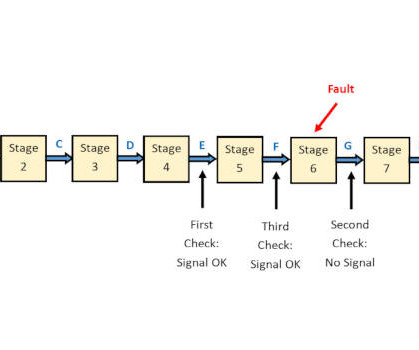
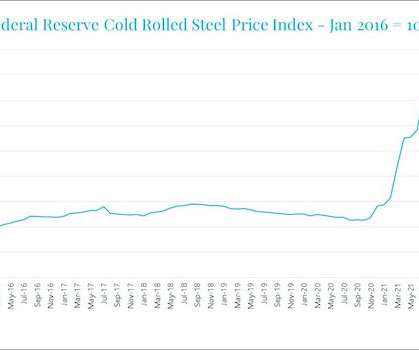
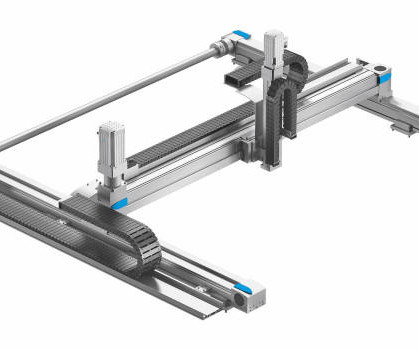
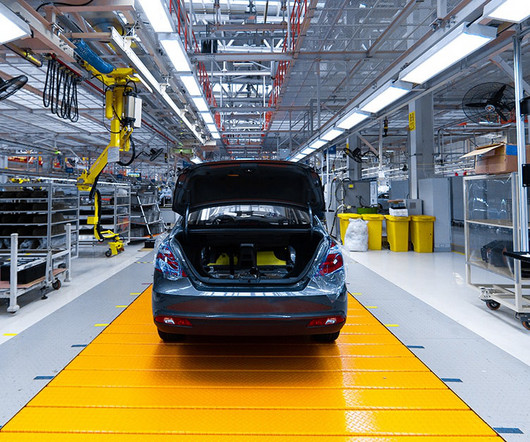
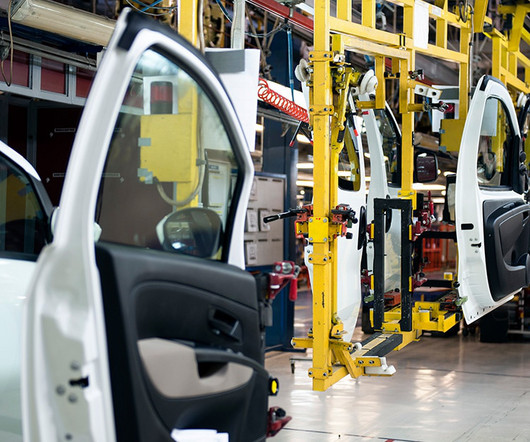






Let's personalize your content